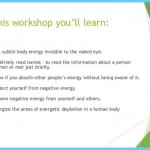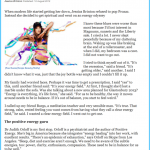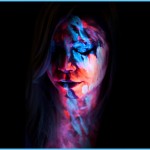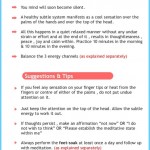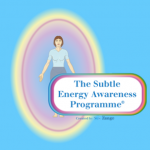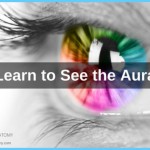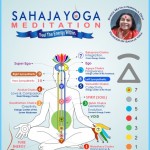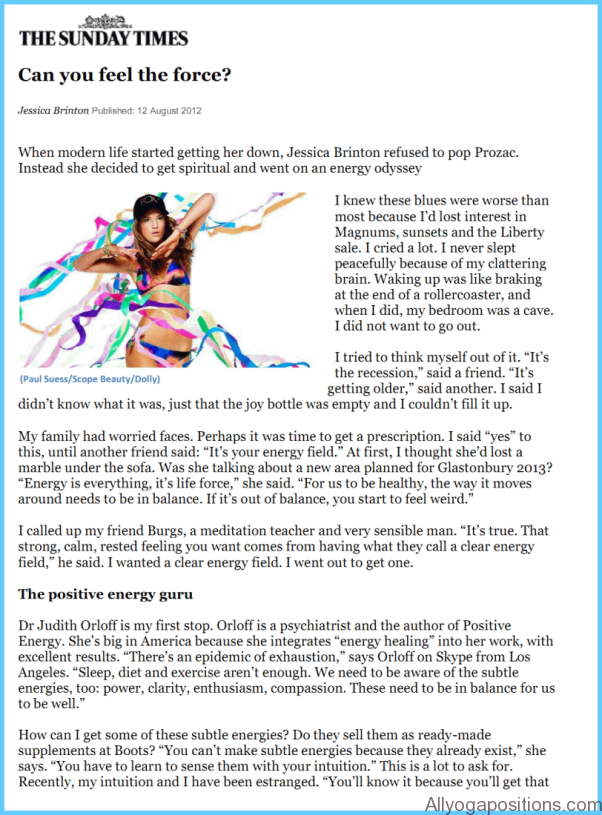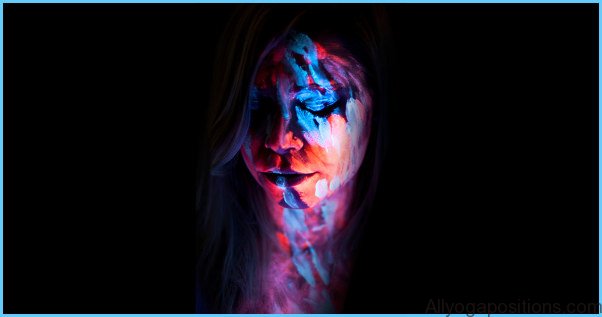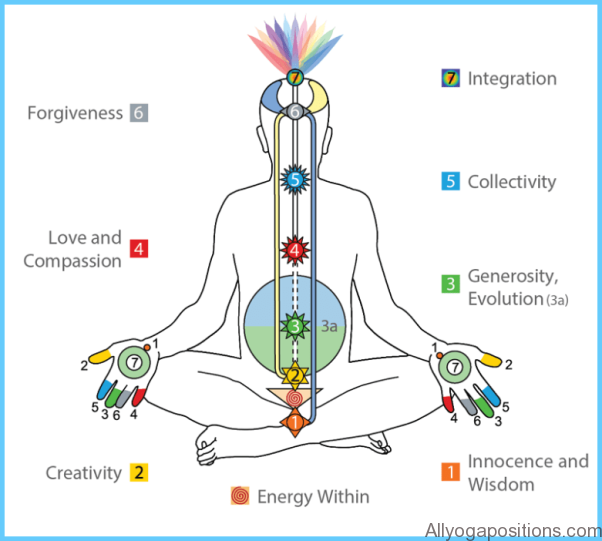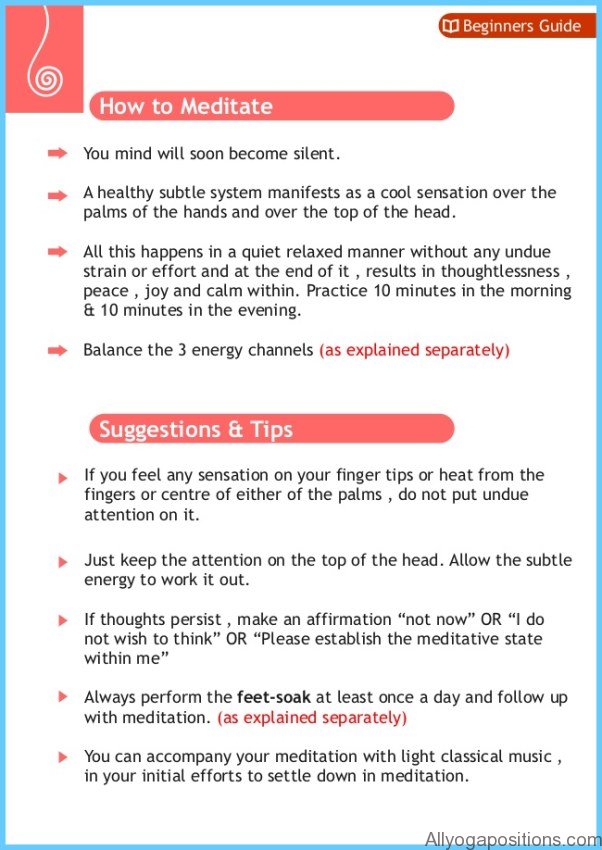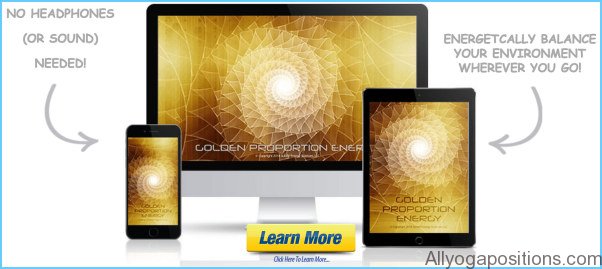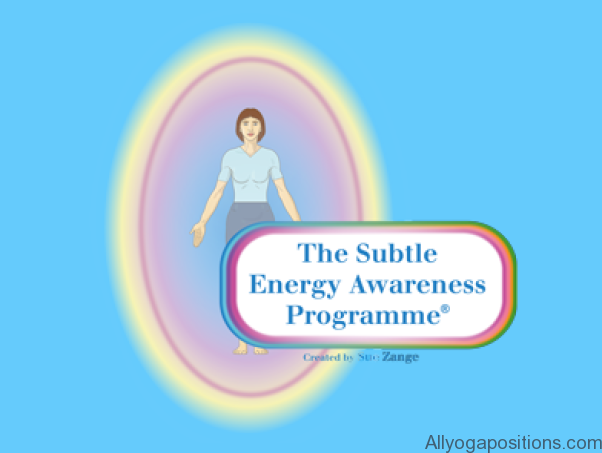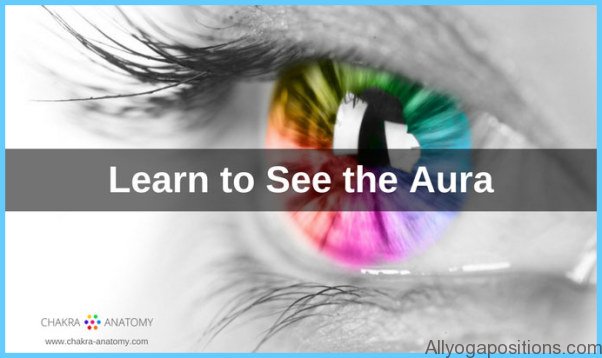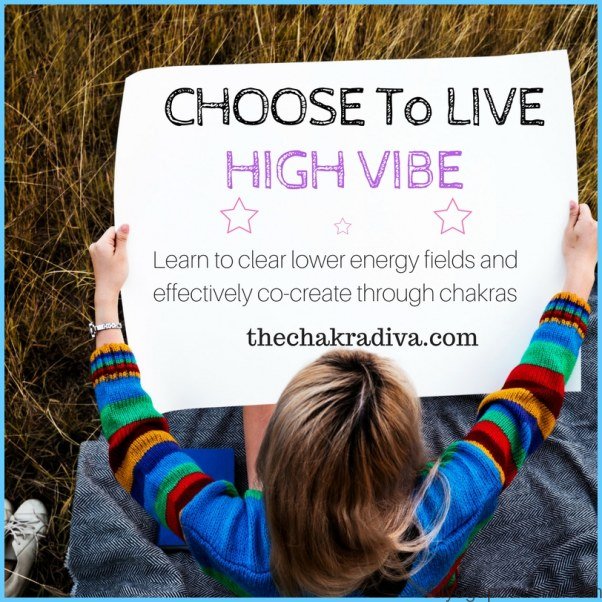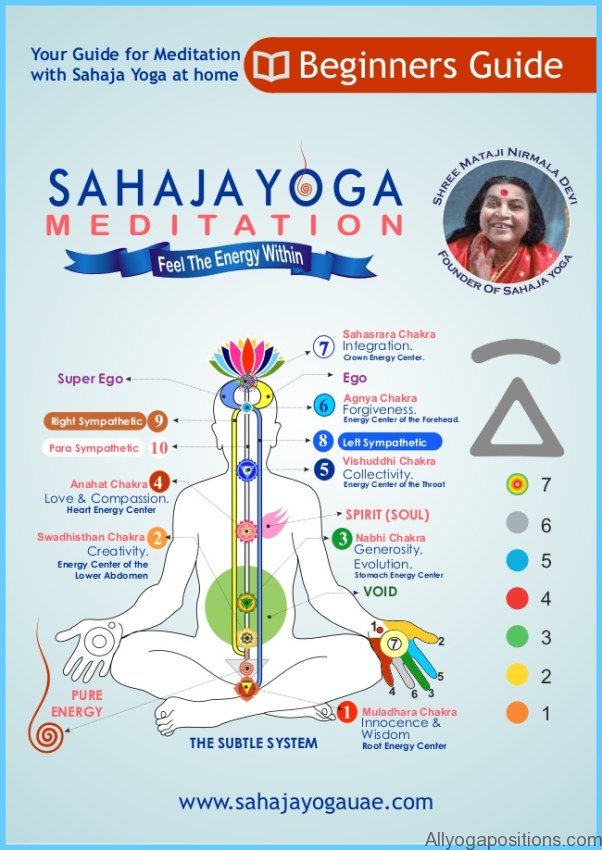As an experiment, clench both your fists and place them next to each other; then vigorously rub the backs of your fingers back and forth for a minute. Unclench your fists and face your palms toward each other a few inches apart. You may feel a ball of energy between your palms and this sensation is subtle energy.
On entering certain places such as a dark, spooky house, a hospital, a prison, or a crowded bus, you can sometimes sense negative feelings or vibrations. Hiking in the mountains, listening to the waves on the seashore, reading uplifting poetry or scriptures, you can feel elated. The presence of certain people drains your energy, while others leave you feeling uplifted. These are all indications of subtle energy, so you are probably aware of it already but don’t realise it!
When I did chakra balancing on my client she could see colours. Can you explain this?
Students and therapists often report this experience. The colours that clients see are sometimes colours that the therapist is visualising or colours of chakras that may be out of balance. Seeing colours usually indicates that the client is relaxed and open, and the balancing of their subtle energy is working in a highly effective way. When you are working in a healing way, energy seems to move to where it is most needed in the body. Clients will often feel heat from a therapist’s hands during chakra balancing, usually indicating a high level of healing energy.
This client experienced subtle energy changes during Indian Head Massage treatments.
Carolyn treated Fiona, aged 39, who presented with an extensive medical history including the removal of one ovary following the discovery of a non-malignant tumour three years previously. Fiona appeared to have a busy life with two teenage children, her own business and a full social life. To manage stress she drank wine in the evenings. She was craving junk food and chocolate and was a little overweight.
HOW CAN YOU LEARN TO FEEL SUBTLE ENERGY? Photo Gallery
On her first visit, Fiona was feeling slightly depressed and fatigued and reported hair loss, possibly related to her past medical history. She experienced hot flushes at the start of treatment followed by excessive urination afterwards (which continued during the following days). Her hair appeared fine and tended to fall out easily during treatment, so Ayurvedic oil was applied to strengthen and nourish the scalp.
As treatments progressed Fiona opened up both physically and emotionally, experiencing energy shifts in the form of visualised colour (orange and blue in early treatments, red and white in later ones). She also experienced temperature changes throughout her body during treatment. By the third treatment she felt more grounded and centred.
Fiona reported a range of energetic changes during the five weeks of treatment, including tearfulness and blemishes around the mouth (possibly related to shifts in hormonal balance).
Most surprising was her inability to drink alcohol – her body simply didn’t want it.
By the fourth treatment she was no longer craving junk food or chocolate, preferring healthy food options and water even at social events. As well as losing a stone and a half in weight, Fiona felt relaxed and better able to cope with stress. By the end of her course of treatments, she appeared fresh and alert. The results were quite remarkable.
Indian Head Massage has evolved into a popular therapy that is very appropriate to our modern age. A typical treatment includes massage of the upper body – face, ears, shoulders, arms, neck and scalp – and includes chakra balancing and massage of marma points. A professional Indian Head Massage can have a profound effect on the whole body and mind, as there are many important energy points on the head.
What makes Indian Head Massage unique is that it is short, convenient, accessible and effective:
Minimal equipment is required, making it highly mobile (i.e. therapists can travel to clients).
The massage itself is usually done as a ‘dry’ massage with no need for oils or undressing, making it highly accessible.
It is quick and easy to perform – a full treatment takes 30 minutes, but can be done in 15-20 minutes, making it ideal for clients who are ‘short of time’ (it is often described as a ‘quick stress buster’).
The upper body is vulnerable to stress and tension, so massaging this area brings relief from many common conditions.
The inclusion of chakra balancing and marma points balances subtle energy and promotes healing.
The optional use of oil at the end of a treatment additionally benefits scalp and hair conditions.
Many businesses are discovering the benefits of Indian Head Massage, offering employees in-office treatments in the quest to combat stress, increase productivity and reduce absenteeism.

